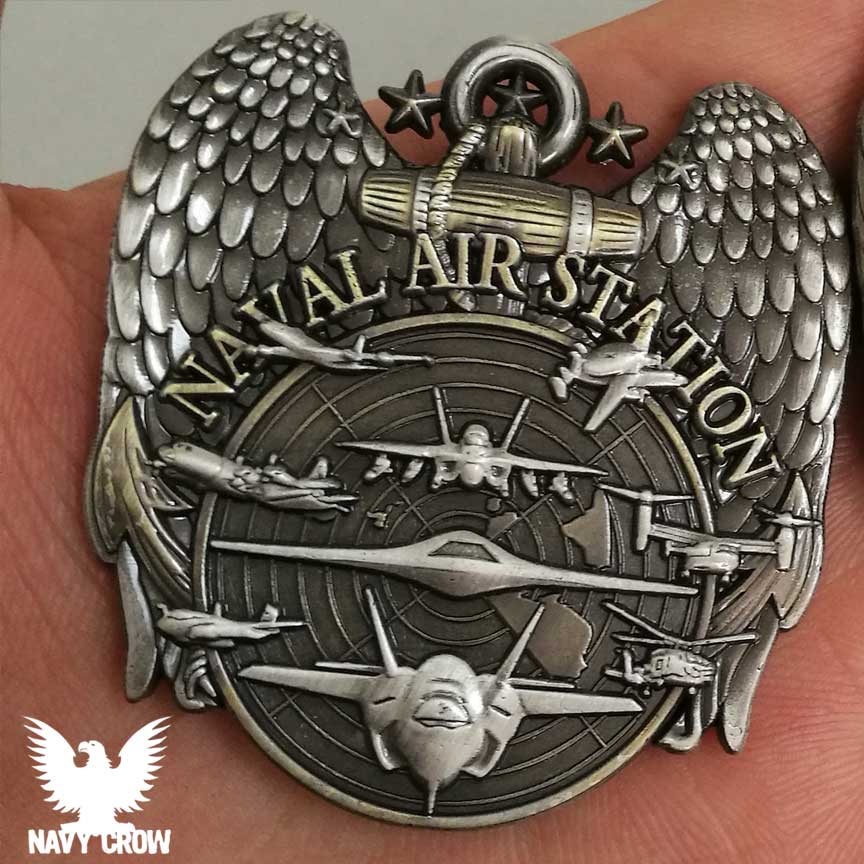Naval Air Station: A Brief History

The Naval Air Station Coin by Navy Crow!
NAS North Island, California, proclaims itself the “Birthplace of Naval Aviation” owing to the fact that Lieutenant Theodore G. Ellyson, Naval Aviator Number 1, received his initial training there. As the Navy’s first Naval Air Station, NAS Pensacola, Florida, is known as the “Cradle of Naval Aviation.” These two historic installations have endured and stand as hallmarks of Naval Aviation’s heritage. Between them in history is a location that was naval aviation’s first base, albeit a temporary one, its story beginning on July 6, 1911, when CAPT Washington Irving Chambers was ordered to report to the U.S. Naval Academy in Annapolis, Maryland, for the purpose of establishing it.
In September 1910, a keen-minded engineer named CAPT Washington Irving Chambers became the central point of contact for aviation matters in the Navy Department. During his three years on the job, CAPT Chambers devoted all his energies and intellect to generating interest in aviation in the U.S. Navy and to stimulating research in aerodynamics. Naval aviation soon took its first tentative steps toward going to sea. Glenn Curtiss and Eugene Ely showed the world that airplanes could operate from a man-of-war; the first cadre of pilots was trained; and Naval Officers flew airplanes from catapults.
COMMERCIAL AVIATION
Indeed, in the months after the Navy assigned its first officers to aviation duty and contracted for its first aircraft, naval aviation led a vagabond existence. Training was carried out at locations at which aircraft manufacturers of the day operated, North Island and Hammondsport, New York, in the case of Glenn Curtiss and Dayton, Ohio, in the case of the Wright brothers. In an effort to provide some degree of centralization for aviation, the decision was made to locate operations for part of the year at Greenbury Point located across the Severn River from the U.S. Naval Academy in Annapolis, Maryland. The site was also the location of the Engineering Experiment Station, which was beneficial to aviation’s advancement because of the support that it could provide, particularly with respect to aircraft engines. Proximity to the Washington Navy Yard was also deemed an attribute to establishing an experimental station at Greenbury Point, particularly because that was the site of the development of early floats for seaplanes.
The Navy’s aviation program had an aviator before it acquired its first aircraft. LT. Theodore G. Ellyson was ordered to training in December 1910 at the Glenn Curtiss aviation camp in San Diego. The Navy received its first aircraft from the Curtiss Flying Company the following July. Flight instruction at that time was informal and remained so during the next couple of years. Ellyson, a student pilot, became a pilot when Glenn H. Curtiss agreed he could fly airplanes. Subsequently, Ellyson taught John H. Towers, another student pilot, to fly. In addition to flying, however, students also had to become totally familiar with the mechanics of their machines and to be able to repair and rebuild aircraft. Formality arrived when CAPT Washington Chambers, the Navy’s first Director of Naval Aeronautics, declared that the requirements for becoming a Navy pilot were to follow the same rules employed by the Aero Club of America.
It was not until September 1911, that Lieutenants Ellyson, John Rodgers, and John Towers, reported to the Superintendent of the Naval Academy for “duty…in connection with the test of gasoline engines and other experimental work in the development of aviation.” While the men were graduates of the institution, they did not receive a warm welcome at their alma mater, officers there having little use for aviation and no administrative process for procurement of parts and other material. Access to Greenbury Point was by way of a boat that the aviators soon found to have a most temperamental engine.
Naval Air Stations
Greenbury Point also served as the location for a shift in aviation training, with the initial cadre of naval aviators trained by the manufacturers of the Navy’s first aircraft carrying out the duties of training other officers. The first to report for this duty, Ensign Victor D. Herbster, arrived at Greenbury Point in November 1911, and he was followed by 1stLt Alfred Cunningham, the first Marine Corps officer to report for flight training. Others included Godfrey DeC. Chevalier, who eventually became the first to land an aircraft on board a U.S. Navy aircraft carrier, and Patrick N.L. Bellinger, who in 1914 flew the maiden combat missions in U.S. military history. Ensign William D. Billingsley also made training flights from Greenbury Point, one of them on June 20, 1913, ending in tragedy when the Wright B-2 he was flying along with Lieutenant John H. Towers went out of control and plunged into the Chesapeake Bay. Billingsley wa s thrown from the aircraft and fell to his death, Naval Aviation’s first fatality.
s thrown from the aircraft and fell to his death, Naval Aviation’s first fatality.
By late 1913, the Navy had convened the Chambers’ Board to review aviation policy, one of its tasks to find a permanent home for naval aviation. The members settled on the recently closed Pensacola Navy Yard. This signaled the end of flights at Greenbury Point, which nevertheless symbolized a short-lived, but important chapter in the development of naval aviation.
In 1914, the first aeronautic station was established in Pensacola, Florida; detachments from Pensacola were operating in Mexican waters in support of military operations in Vera Cruz; and pioneer aviators such as Mustin, Whiting, Towers, Rodgers, and Bellinger played vital roles in these early milestones in naval aviation history and in the events of the next three decades.
U.S. naval aviation was the first on the scene overseas in World War I when LT Kenneth Whiting led the first military detachment to reach France in June 1917. Others soon followed and U.S. Navy airmen contributed in great measure to the antisubmarine warfare effort. From their experiences came a requirement for a flying boat of greatly increased range and combat capability. What followed was first great long-distance flight of the postwar era—the transatlantic flight of the NC-4.






